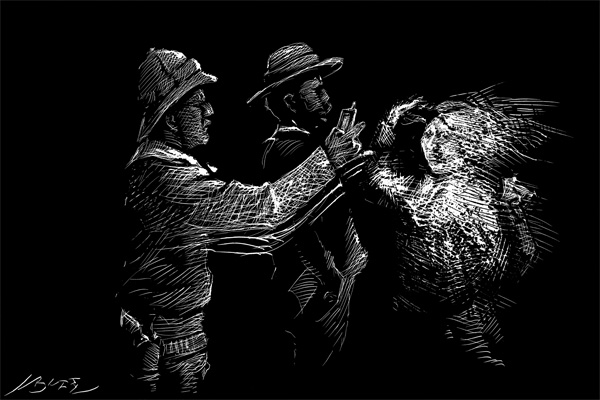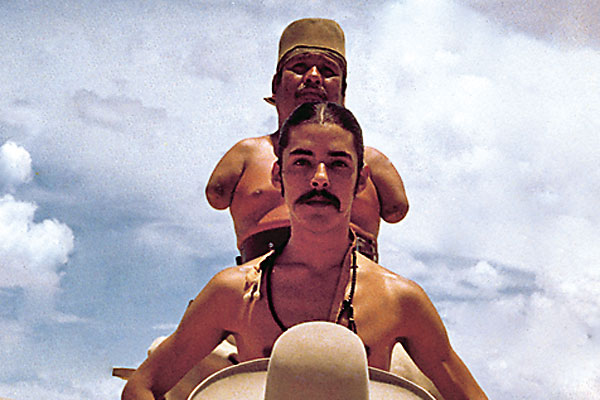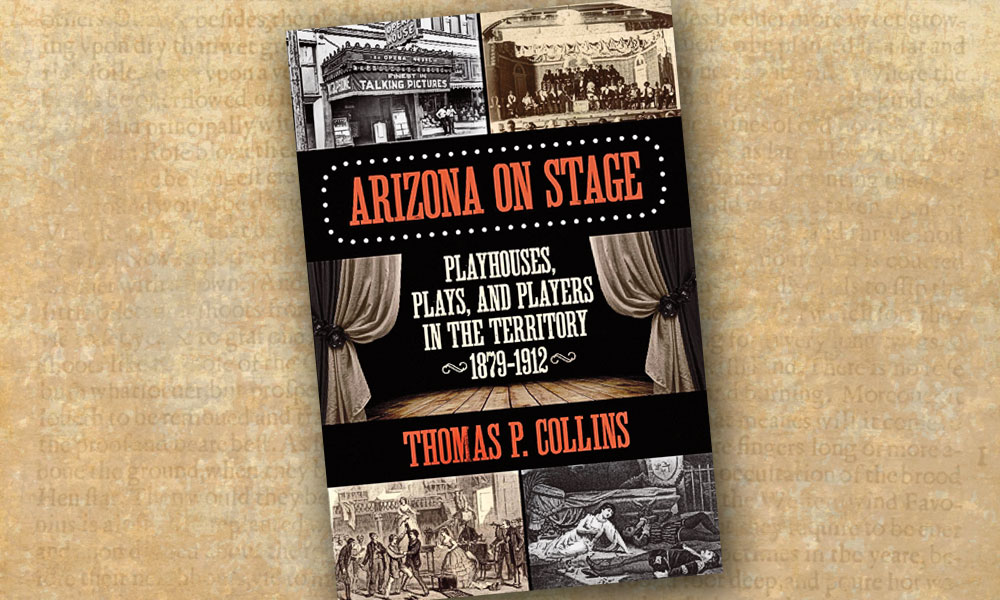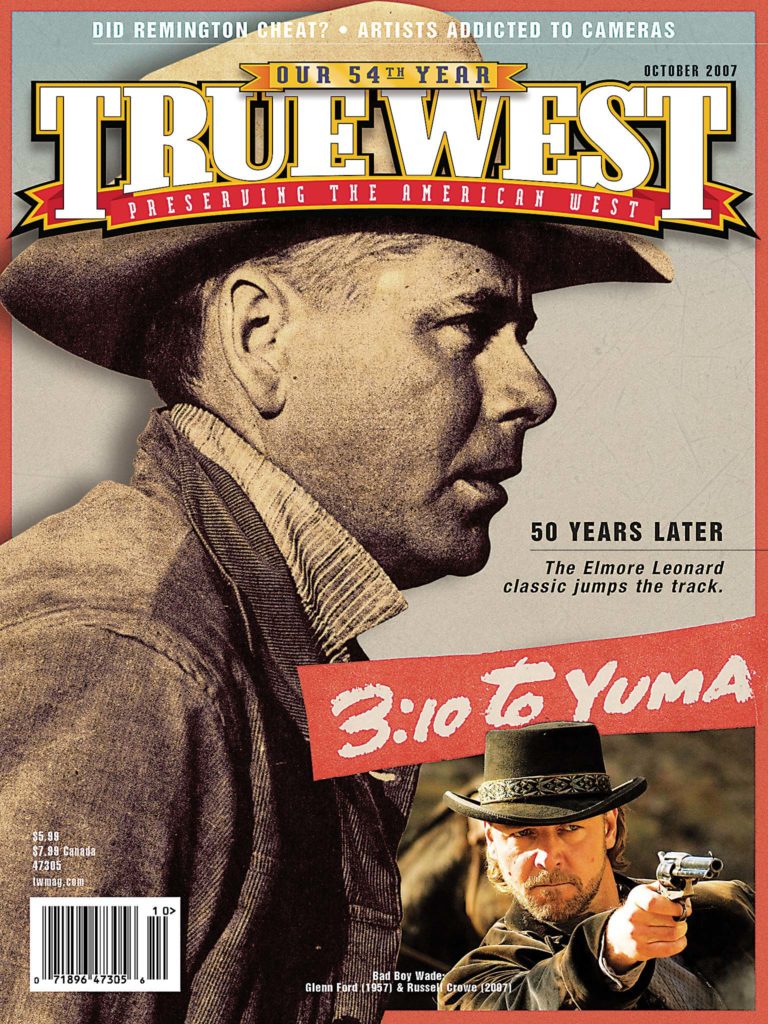 On an artist’s studio tour, a decade or two ago, an elderly woman, upon seeing a sketch with very straight pencil guidelines, asked the artist, Ed Mell, if he made straight lines with a ruler. When he replied, that yes, he did utilize a ruler, the woman became indignant: “Isn’t that cheating?”
On an artist’s studio tour, a decade or two ago, an elderly woman, upon seeing a sketch with very straight pencil guidelines, asked the artist, Ed Mell, if he made straight lines with a ruler. When he replied, that yes, he did utilize a ruler, the woman became indignant: “Isn’t that cheating?”
Yes, some people have very odd ideas about what constitutes “art” and what qualifies as “cheating” at art.
As an aspiring artist myself, one of the most common questions I heard growing up was: “Did you copy that?” (In short, I answered, “Yes, I did.” Did they expect me to make up a universe in my head?) Such a question inferred to me that if you “copy” something, it is not original, much less art.
So, if you “copy” a photograph or, even worse, project a photo onto your canvas and trace the lines, are you cheating? To some, like the woman above, the answer is “Yes.” To others, it’s “Hell no!”—especially for those who project photos, and from time to time, that would include me. For example, I projected the Remington sketch, at right, onto a scratchboard, to give me the starting point to convert the scene into an iPhone moment. (We were going to put this drawing on the cover but went ahead with Russell Crowe in 3:10 to Yuma.)
So it’s with some trepidation that we lead off this issue pointing out the dirty little secret that the famous American West artist Frederic Remington used photos (taken by himself and others) to a much larger extent than most realized.
In his correspondence, Remington complained about being “married to the camera” and spoke of his desire to move away from utilizing photos. In fact, he did. In the last years of his life, he moved toward a more Impressionist style and sought a Plein Air method (working outdoors and painting from real life).
As one of the leading landscape artists of our region, Ed Mell insists that copying or utilizing photos is merely a tool. Ironically, Ed Mell no longer uses the ruler as a tool. “A hand-drawn line is much more alive,” he told me recently. He’s right, of course. And Remington knew that as well. If you copy from photos too much, the resulting art looks mechanical and dead—a defect rarely projected in Remington’s work.
Speaking of Remington, two years ago, Professor Paul Hutton and myself embarked on a Top Secret Project to create a graphic novel about one of the West’s most amazing, yet forgotten, characters: Mickey Free. The narrator of our story will be none other than Fred Remington. We are launching a website to allow you a look at the ongoing project. It’s at mickeyfreeonline.com.






